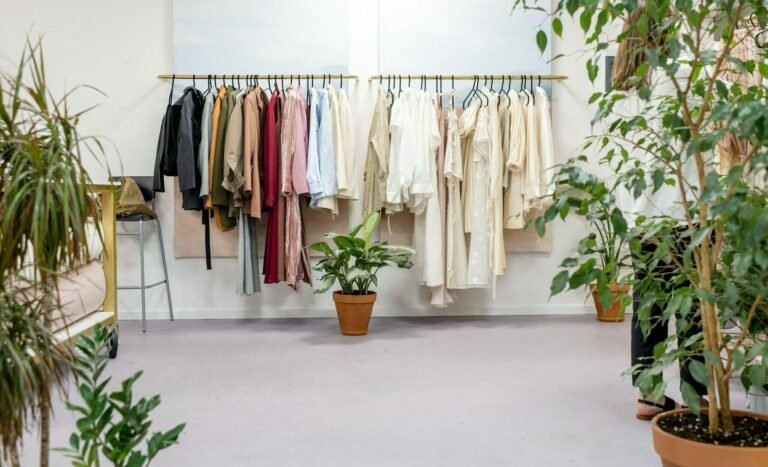Green Building: How to Design and Build a Sustainable House
Introduction
Today, the concept of green building has become an increasingly important priority in the construction industry. This movement seeks to incorporate practices and technologies that minimize the environmental impact of buildings, while ensuring comfort and quality of life for the residents. Green building is not just a trend, but a necessity to ensure the sustainability of our planet. This article explores the main approaches and practices for designing and building a sustainable house, covering everything from material selection to energy planning, all in search of a building that respects the environment while offering a healthy and efficient living space.
What is Green Building?
Green building, also known as sustainable or eco-efficient construction, is the process of planning, designing, and constructing buildings in a way that optimizes the use of natural resources, reducing waste generation, greenhouse gas emissions, and energy consumption. This is achieved through the use of materials and technologies that promote environmental preservation, such as renewable energy sources, recyclable materials, and a focus on energy efficiency and water conservation.
This concept goes beyond simply reducing negative impacts, also focusing on increasing the well-being of the residents and the sustainable lifecycle of the property. Green building seeks to respond to issues such as the scarcity of natural resources, climate change, and the growing demand for homes that integrate ecological efficiency with quality of life.
Principles of a Sustainable Home
- Location and Orientation
The choice of land is crucial. Opt for locations with existing urban infrastructure, avoiding deforestation. Additionally, the house’s orientation relative to the sun can maximize natural light and reduce energy consumption. - Sustainable Materials
Use building materials that are recyclable, reusable, or of low environmental impact. Examples include reforested wood, eco-friendly bricks, and water-based paints. These materials not only reduce pollution but also improve indoor air quality. - Energy Efficiency
Installing renewable energy systems, such as solar panels, is an excellent way to make your home more efficient. Additionally, invest in thermal insulation and double-glazed windows to reduce heating and cooling needs. - Water Management
Water conservation should be a priority. Install low-flow faucets and showerheads, and consider rainwater harvesting systems for irrigation and non-potable use. - Green Spaces
The inclusion of vertical gardens and green roofs not only improves aesthetics but also contributes to local biodiversity and air quality. These spaces help reduce internal temperatures and absorb rainwater.
Step-by-Step Guide to Designing Your Sustainable Home
- Planning and Research
Start by researching the best green building practices. Consult professionals specialized in sustainable architecture and create a detailed plan. - Material Selection
Choose suppliers that prioritize sustainable practices. Ask for certifications that confirm the origin of the materials. - Hiring Qualified Professionals
Work with engineers and architects who have experience in green building projects. They can help optimize the design for energy efficiency and sustainability. - Implementing Technologies
Consider smart technologies that help monitor and reduce energy consumption, such as home automation systems. - Education and Awareness
After the project is completed, promote sustainable practices among residents, such as waste separation and conscious use of water and energy.
Benefits of Green Building
- Cost Reduction: Although the initial investment may be higher, energy efficiency results in significantly lower utility bills in the long run.
- Property Value: Sustainable homes are in high demand and tend to appreciate more in the real estate market.
- Quality of Life: Environments built with healthy materials and well-thought-out designs contribute to the well-being of the residents.
Conclusion
Green building represents a revolution in the way we conceive of buildings. More than just an aesthetic or market standard, it is a necessity for a more sustainable future, where reducing environmental impacts and responsibly using natural resources are priorities. By designing and building a sustainable house, it is possible to create a healthy and efficient environment, both for the residents and the planet. By integrating innovative materials, smart technologies, and efficient practices, green building offers a viable and necessary path to sustainability.







